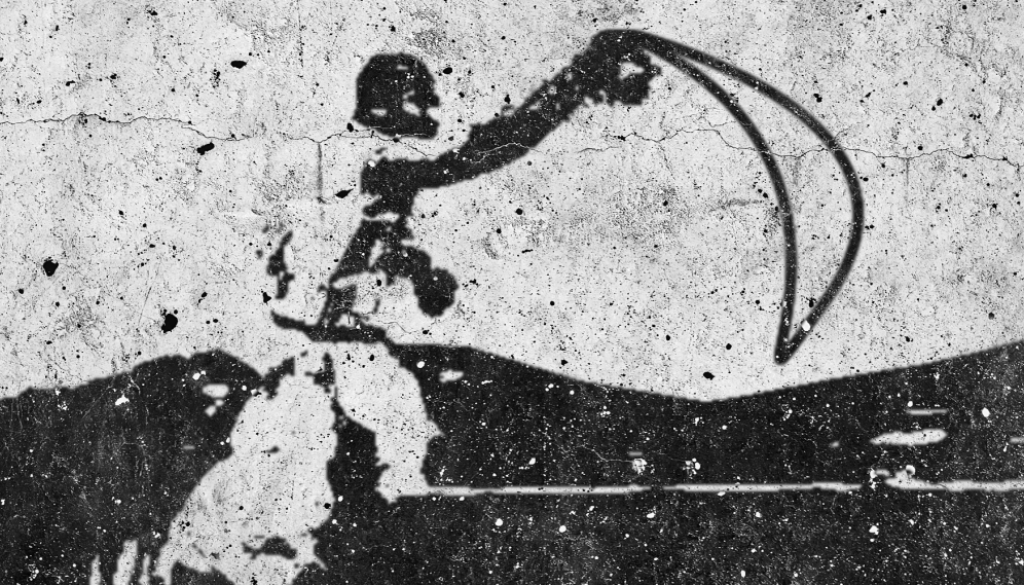Start moving with the rope
How to master flexible weapons
Before proceeding with the study of flexible weapons (read Learn to use basic weapons) we must emphasize that:
- This path must be consistent and absolutely gradual, not rigid weapons are 10 times more difficult to manage in relation to the others
- The rudiments that we are going to illustrate may seem trivial but they are the basis of the most articulated movements and must be intensely trained
- There are no shortcomings, the day when we will approach real weapons, we will not have to have gaps; we will have to be fully in control of their (seemingly) unpredictable mobility
We can start exploring the spatial mobility with the rope when we realize that, from a standing still position, we are able to:
- Perform rotations perpendicular / parallel to the ground (read Stance and basic rotations of the rope and Loop rotations of the rope)
- Maintain the inertia of rotations without any discomfort, especially on the wrists (who uses flexible weapons must have steel wrists)
- Do not miss the control of movement (and especially do not strike our body involuntarily)
Adding the movement to the practice
Mobility adds to the previous circular rotation exercises and to the loops a slight increase in difficulty, we must learn to:
- Coordinate the movement of arms and legs so as not to hinder the evolutions of the rope
- Manage times and spaces in which to pass our flexible weapon (read The most important skill in combat)
It’s for this reasons that we stress the weapon practice, it helps a lot to use our body at its maximum level.
A few exercises
Here are some simple exercises:
- Perform loops or circular rotations walking in a straight line (forwards and backward)
- Perform loop or circular rotations walking in a circle (forwards and backward)
- Make free rotations by moving forward in a straight line and reversing the direction at its end (we must turn back trying not to interrupt the flow)
- Perform random rotations, freely and changing direction continuously (without slowing down the rotation inertia)
Notes:
- Gradually we can pass from walking to “running” (but always being sure to do not lose the quality of movement)
- We must care not about speed or power but the precision and uniformity of rotations (perpendiculars, parallels, flow, etc.)
- Let’s do not forget to be completely relaxed (shoulders, elbow, wrist, etc.)
- Let’s remember to maintain our the center of gravity perfectly balanced (read How to improve balance: tricks and exercises)
- Let’s not forget to get involved our entire body in the motion (read Use the body power: the muscle chain)
- The duration of each session is typically 10 minutes
- The safety instructions apply to those mentioned in the previous articles of this series
In the next step of this discussion, we will see further advancement in 6 Dragons Kung Fu’s rope training.
In-depth articles
- How to train in 6DKF: specific exercises – The most important exercises types in 6DKF
- Learning to have coordination: the cyclical concentration – How to start a good body coordination path
Questions
Reply in the comments and share your experience:
- What are the bigger difficulties in rope (or flexible weapons) training?
Author: Master Kongling
Founder of 6 Dragons Kung Fu.
How to master 6 Dragons Kung Fu?
Are you searching for:
- Daily training exercises?
- Synthetic theory and concepts?
- A step by step path from white to black belt?
- A path (clear, consequential and gradual) designed to build real martial skills?
- A direct contact with Master Kongling?
Go to our Patreon page and choose a training plan: starting from the Practitioner level, you will gain access to all this and much more.
Inside each Premium Lesson, you will receive the same teaching (practices, tips, concepts, small secrets and corrections) reserved to the live students of Master Kongling.
Important - Once a certain number of registrations are reached, no other participants can be accepted. For more information write to: [email protected].







![Learning the use of martial weapons [MINI-GUIDE] learning_the_use_weapons](https://i0.wp.com/www.6dragonskungfu.com/wp-content/uploads/2018/10/learning_the_use_weapons.jpg?fit=300%2C167&ssl=1)


December 17, 2017 @ 5:40 am
What kind of rope have I to use? Length, material…?
December 17, 2017 @ 6:47 pm
You can use:
– An elastic rope (better) or a normal one
– The best length to start is the one that you can find measuring the distance from the ground to your arm opened
– The arm must be parallel to the ground and you in a stand-up position
– The ideal diameter is 1cm
April 25, 2020 @ 1:52 am
the fact that it bounces back
April 25, 2020 @ 10:03 pm
Right
July 11, 2020 @ 2:13 am
It bounces back
July 14, 2020 @ 1:39 pm
True, you have to learn to soften the wrist
May 11, 2022 @ 6:45 pm
Sometimes I hit myself
October 29, 2023 @ 12:04 pm
Love the rope
October 30, 2023 @ 11:38 pm
😉